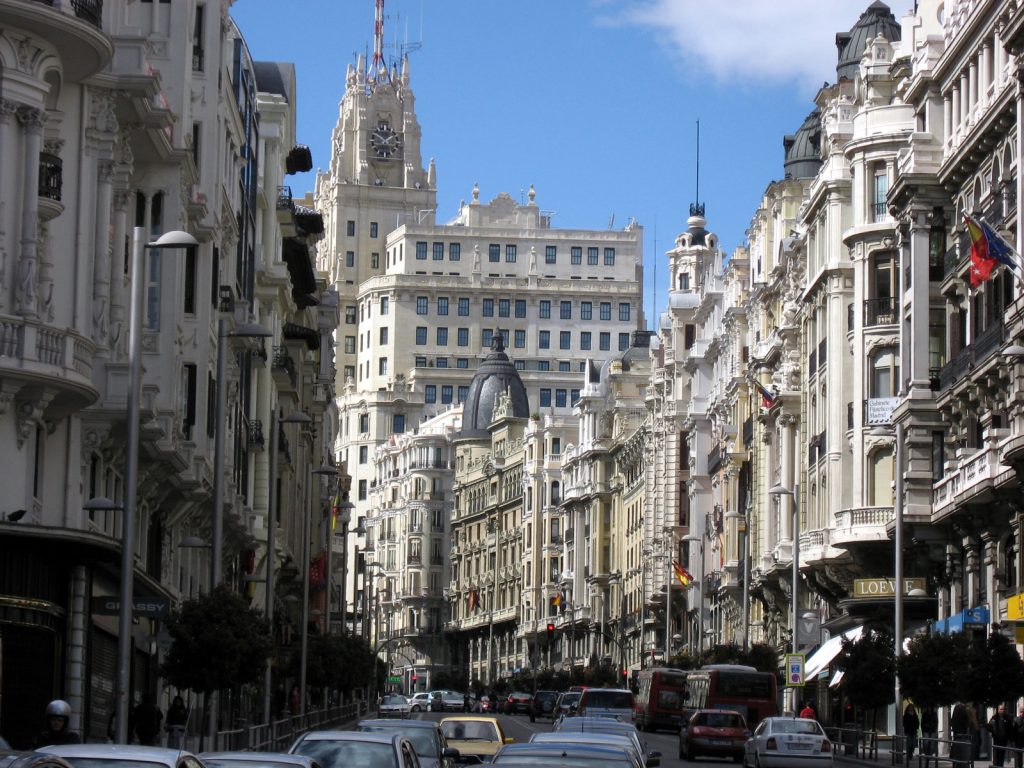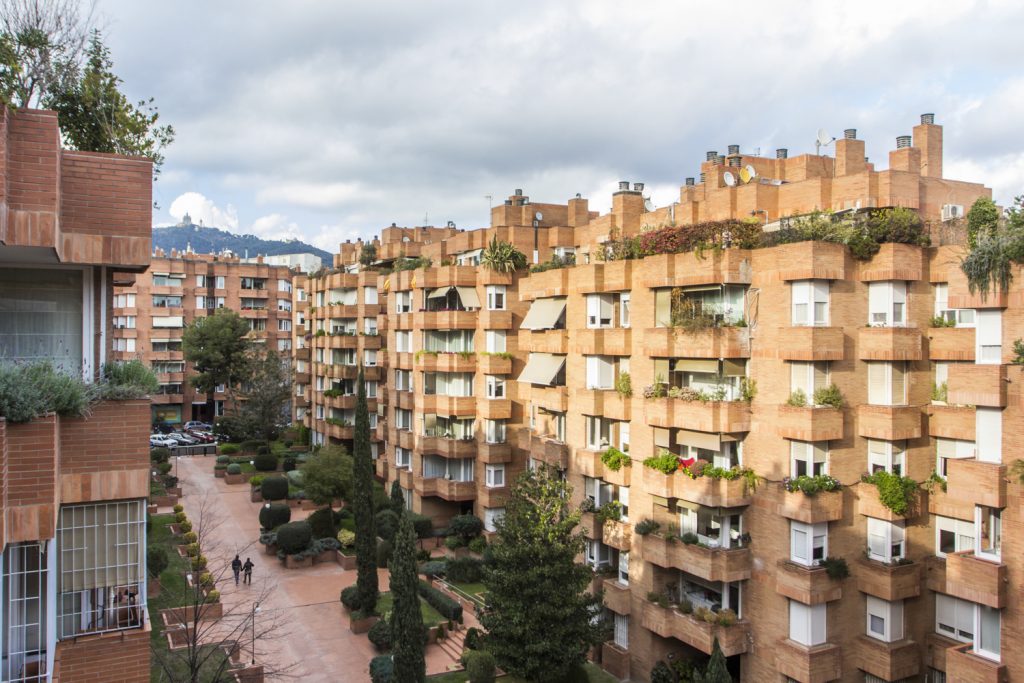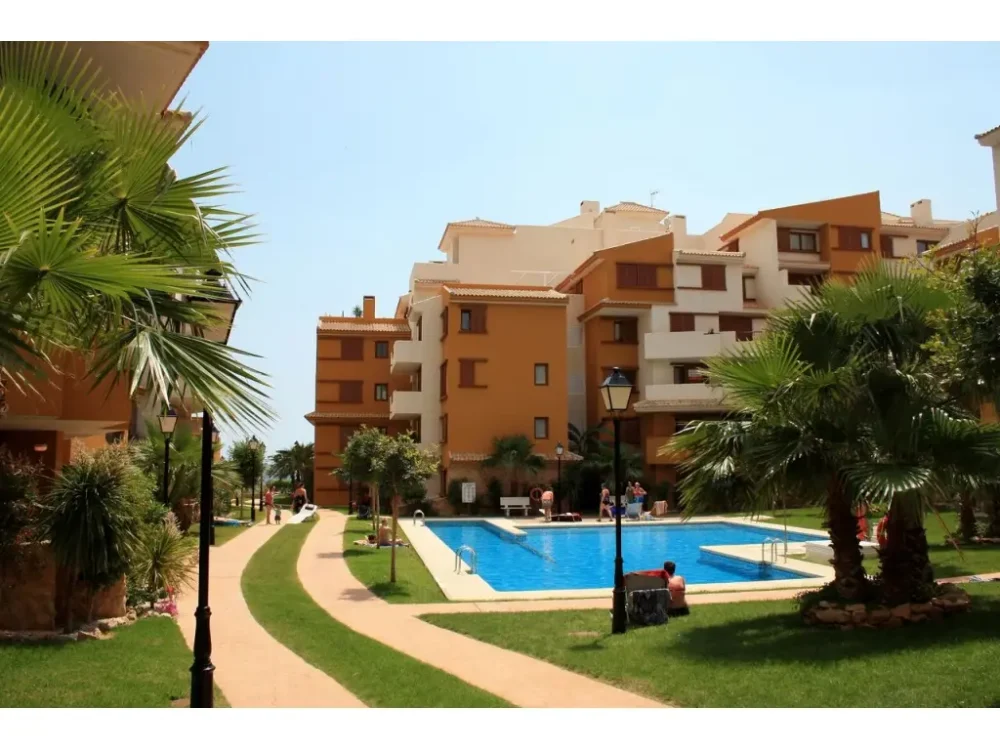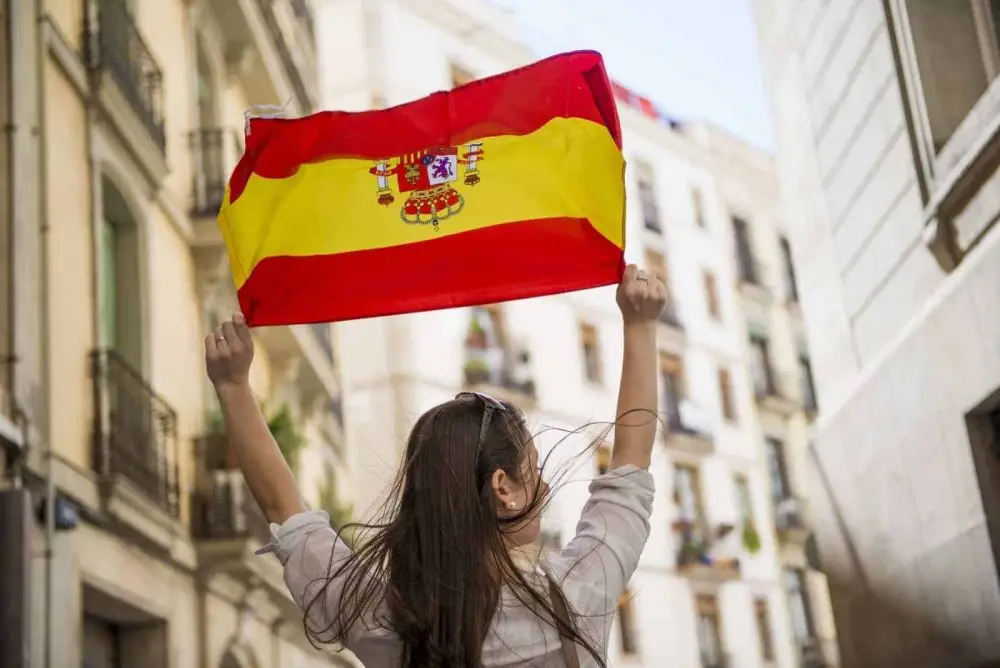Madrid, where history and culture harmoniously combine with the modern rhythm of life, is an attractive place to invest in property. Acquiring housing in the capital of Spain is not only an opportunity to acquire a high-quality asset, but also a promising investment.
Our guide provides detailed information on how to buy property in Madrid, including step-by-step instructions, useful tips and financial considerations to ensure a safe and profitable transaction.
Why you should consider buying a property in Madrid
Property in Madrid attracts investors and buyers from all over the world due to its economic stability, high standards of living and wide range of properties. But what makes 2024 a particularly attractive year to buy a home in this city?
Economic prospects of the capital
Madrid’s economy is growing steadily at an average rate of 3-4% annually. The city is actively developing thanks to the attraction of foreign investment, business development and increased tourist flow. The property market demonstrates stability even during global crises.
Investments in residential property look particularly attractive. The average rental yield is 4-5% per year. For example, a flat worth €300,000 can bring up to €15,000 annual income. The development of infrastructure and transport makes buying property in Madrid a profitable long-term investment.
High standard of living and developed infrastructure
Madrid offers a high quality of life thanks to its well-developed infrastructure, many parks and cultural facilities. The best schools and universities are located in the city, which makes it attractive for families with children. A convenient public transport system, including metro and buses, makes it easy to get to any part of the city.
Buying housing in the capital gives you the opportunity to enjoy life in one of the safest and most comfortable cities in Europe. This is especially important for those who plan to buy a home in Madrid for permanent residence. The city combines ancient streets and modern neighbourhoods, which allows you to choose housing for every taste and budget.
Pros and cons of buying property in Madrid
 The property market in Madrid has its advantages and disadvantages. All aspects of the buying process must be considered in order to make an informed decision.
The property market in Madrid has its advantages and disadvantages. All aspects of the buying process must be considered in order to make an informed decision.
Benefits:
- A stable market. House prices in Madrid are showing steady growth. Even in times of global crises, property values remain stable.
- High rental yields. Average rental yields of 4-5% per annum for residential properties and up to 7% for commercial properties.
- Obtaining a residence permit. If you buy a property worth €500,000 or more, you can get a residence permit in Spain for the whole family.
- Diversity of Objects. In Madrid, you can choose from inexpensive secondary housing to luxury apartments in prestigious neighbourhoods.
- Quality infrastructure. Convenient transport, schools, shops, medical facilities and entertainment centres provide a high standard of living.
Disadvantages:
- High taxes. When buying property in Madrid, you have to pay taxes, which can reach 10% of the value of the property.
- Mortgage difficulties. Foreigners are required to provide an extensive package of documents and make a down payment of 30% of the cost of housing.
- Bureaucratic procedures. The registration process can take up to several months due to the need to obtain various permits and certificates.
- Market Competition. Popular neighbourhoods sell out quickly, requiring quick decisions and constant market monitoring.
Despite these complexities, understanding all the steps of how to buy property in Madrid will help you avoid unpleasant surprises and make a profitable investment.
How to choose a neighbourhood to buy a property in Madrid
For a successful transaction, it is important to consider the purpose of the purchase: investment, residential or rental.
The best neighbourhoods to live and invest in:
- Salamanca. Prestigious neighbourhood with luxury flats, boutiques and restaurants. The average cost of housing is €5,500 per square metre. Suitable for those looking for a premium property.
- Chambers. Ideal for families. There are plenty of parks, schools and medical facilities. Housing costs around €4,000 per square metre.
- Retiro, famous for its famous Retiro Park. Excellent infrastructure and transport accessibility. Suitable for comfortable living.
- Lavapiés. A culturally diverse neighbourhood with a bohemian atmosphere. Property here costs around €3,500 per square metre. An excellent choice for young professionals and creative people.
Where to buy a flat in Madrid cheaply
For those looking for budget-friendly options, the following neighbourhoods are suitable:
- Vallecas. The cost per square metre starts from €2,500. The area is actively developing and offers good prospects for price growth.
- Karabanchel. One of the most affordable areas, where housing can be purchased at prices starting from €2,800 per square metre.
- Leganés. A suburb of Madrid with convenient transport links. Property here costs around €2,600 per square metre.
Taxes and costs of buying a property in Madrid
Buying a property in Madrid involves various taxes and additional costs. Knowing all the fees helps you to budget accurately and avoid unexpected expenses.
Major property taxes:
- Property Transfer Tax (ITP): When buying a secondary property, property transfer tax must be paid. The rate varies from 6% to 10%, depending on the region and the value of the property. For example, if you buy a flat for €300,000, the tax will be around €24,000.
- Value Added Tax (IVA): VAT (IVA) of 10 per cent applies to new-build properties. If you buy a flat for €400,000, the tax will be €40,000.
- Stamp Duty (AJD): is payable on the purchase of new-build homes and ranges from 0.5% to 1.5% of the value of the home.
Additional Costs:
- Notary services: the notary draws up all legal documents and registers the transaction. The service costs between €500 and €1,500, depending on the complexity of the transaction.
- Legal support: it is recommended to use the services of a lawyer to ensure the safety of the transaction. The average cost of legal support is around €1,500-2,000.
- Real estate agent commission: agency fees are usually 2-3% of the property value. For example, if you buy a flat for €350,000, the agent’s commission would be €7,000-10,500.
- Property valuation: the bank requires a valuation of the property in order to grant a mortgage. The cost of the service is €300-500.
How to buy property in Madrid: conclusions
 Buying property in Madrid is an investment that offers great opportunities for life and business. The Spanish capital offers a variety of properties, a stable market and a high quality of life. To understand how to buy property in Madrid, you need to follow a clear plan of action:
Buying property in Madrid is an investment that offers great opportunities for life and business. The Spanish capital offers a variety of properties, a stable market and a high quality of life. To understand how to buy property in Madrid, you need to follow a clear plan of action:
- Research the market and choose the right neighbourhood.
- Prepare the necessary documents for mortgage processing.
- Take into account all taxes and additional costs.
- Engage experienced professionals to support the transaction.
 en
en  ru
ru  de
de  ar
ar  es
es  nl
nl  hi
hi  fr
fr  it
it  pt
pt  el
el 










